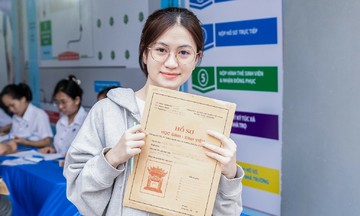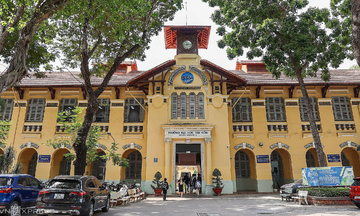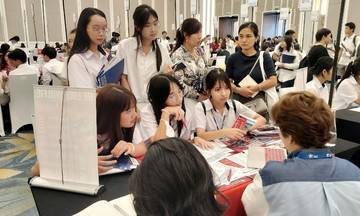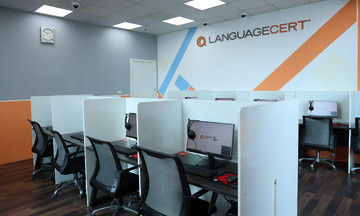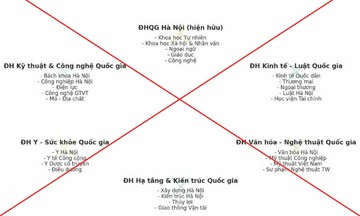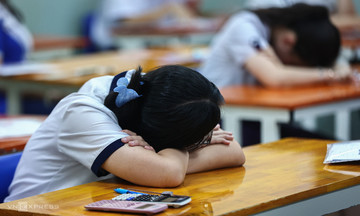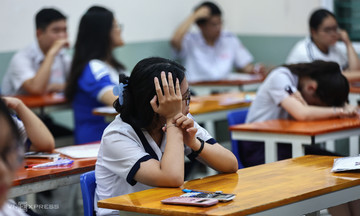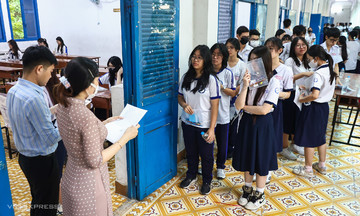The Ministry of Education and Training (MOET) issued Circular 01/2024 early last year, outlining six standards for university quality assurance: organization and governance, faculty, teaching and learning conditions, finances, admissions and training, and research and innovation.
Regarding organization and governance, key leadership positions, such as rector or university director and chairman of the university council, cannot be vacant concurrently for more than 6 months. Universities must also achieve at least 50% of their strategic performance indicators annually and connect and update their data on the ministry's Higher Education Management Information System (HEMIS).
Faculty standards stipulate a student-to-full-time lecturer ratio of 40:1 or less, with at least 70% of lecturers holding permanent positions. The percentage of lecturers with doctorates must reach 20-40%, increasing to 50% by 2030.
Infrastructure criteria address land area, information systems, and learning resources. By 2030, universities must provide a minimum of 25 square meters of land per full-time student and at least 2.8 square meters of floor space. At least 70% of lecturers must have separate workspaces. Libraries and learning centers must have adequate textbooks, monographs, and other learning materials as required by the curriculum, with at least 10% of courses ready for online delivery.
Financial standards require an average profit-loss margin between 0% and 30% over the three most recent years. The sustainable growth index, calculated by averaging the growth rate of total revenue and revenue from non-tuition sources, budget, and investor support for recurring expenditures, must not be negative.
In admissions and training, the admission rate must be at least 50% of the target, and enrollment cannot decline by more than 30% over three years. The annual student dropout rate should not exceed 10%, with a maximum of 15% in the first year. At least 40% of students must graduate on time, and the employment rate in relevant fields within 12 months of graduation must be at least 70%. Lecturer satisfaction among students should be at least 70%.
Finally, research and innovation are assessed through revenue from scientific activities and publication output. For universities offering doctoral programs, the proportion of revenue from science and technology activities must be at least 5% of total revenue over the past three years. On average, each permanent lecturer should publish at least 0.3 to 0.6 scientific and technological papers annually.
According to the government's plan for public sector restructuring announced on 21/9, universities failing to meet these standards may be merged or closed. Some research institutes may merge with universities, and some universities will be transferred to local management. Vietnam also plans to establish advanced training centers specializing in artificial intelligence.
Vietnam currently has about 250 higher education institutions, both public and private. On 18/9, Minister Nguyen Kim Son stated that approximately 140 public institutions (excluding police and military academies) are facing restructuring and mergers, leading to a substantial reduction in the total number. "The ministry will discuss with university leaders, but these mergers will essentially be mandatory, similar to provincial mergers," Son said. He also noted that some smaller universities in strategically important locations may be retained but will be required to accelerate their development.
 |
New students at the University of Information Technology during the opening ceremony on 5/9. Photo: UIT |
New students at the University of Information Technology during the opening ceremony on 5/9. Photo: UIT
Le Nguyen





